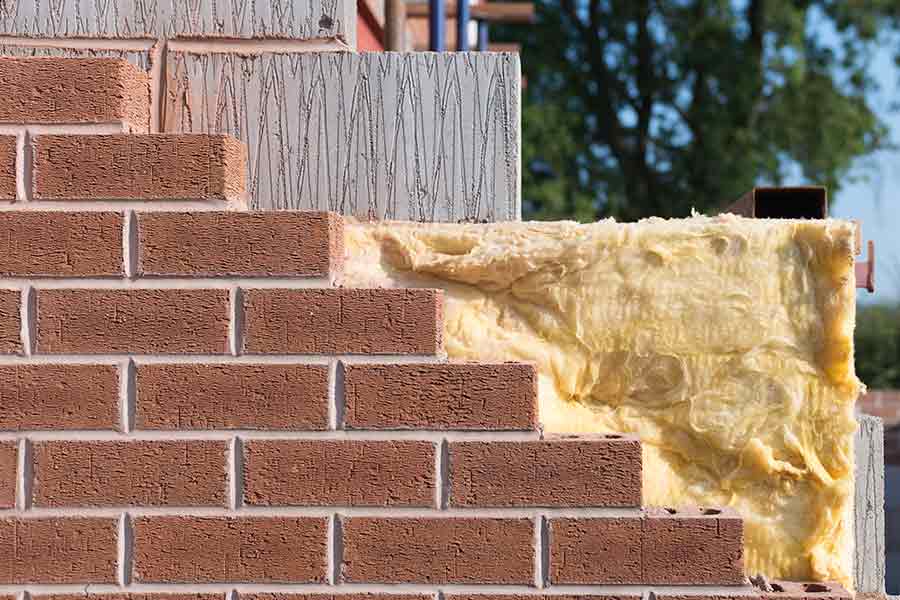Energy saving advice
How to install cavity wall insulation
12 Apr 2017 • 2 minutes


Installing cavity wall insulation involves injecting an insulation material into the void between the inner and outer layer of brickwork to form an effective barrier that guards against heat loss. It will also keep your home at a constant temperature, regardless of weather fluctuations. Even better, this has a knock-on effect for your central heating, as it won’t have to work so hard to maintain an even temperature.
Cavity wall insulation keeps the heat in your home and can lower your fuel bills. Find out what types of cavity insulation are available below.
Currently, you can choose from three types of material. The choice will depend on your home – if in doubt call on a professional to talk you through the best option.
Don’t let the name put you off! UF foam is a water-based material that’s directly injected into the brickwork. By mixing two active chemicals, the foam then expands to fill the cavity. The benefits of this type of insulation are:
This material originates from glass fibre or rock, so it’s extremely tough. Before you insert it into a building’s cavity it must be treated with a water repellent chemical during the manufacturing process. Mineral wool is similar in appearance to the material used in loft insulation. Its benefits include:
Similar to UF foam, individual expanded polystyrene beads are bound with an adhesive and blown into the cavity. This creates air pockets that form the insulating layer. This type of insulation is great as the material’s breathable properties allow the release of moisture through the walls whilst keeping the heat in.
Your home is one of your most significant investments, and compromising on its protection is not an option. HomeServe offers a range of different Home Cover solutions to ensure your investment is safe and secure. Don’t take chances with your home’s well-being—choose HomeServe for comprehensive protection and peace of mind.
Our help & advice articles cover Plumbing, Home heating, Electrical, Energy-saving and Home maintenance.